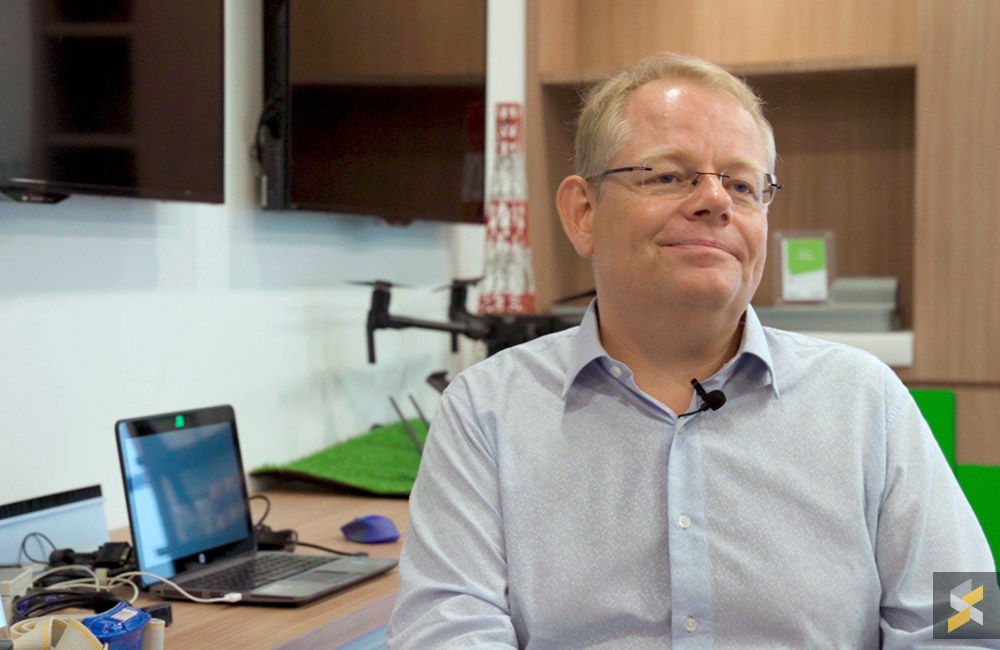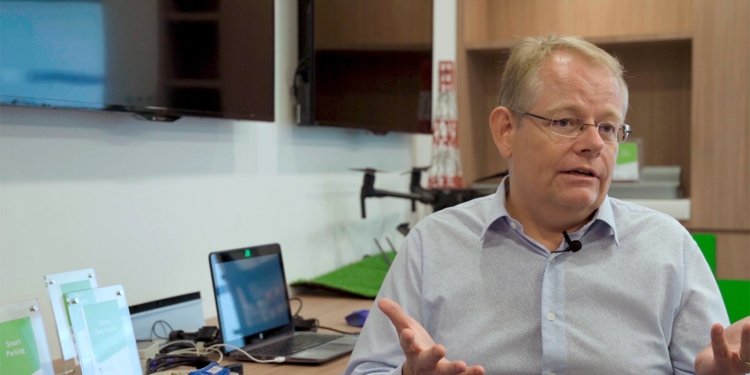You’ve probably heard about 5G a lot in the news lately and you must be wondering, what is 5G all about? Is it just hype or can it unlock new things which are not possible with our current mobile technology?
To find out about the potential of 5G and when we can
Current state of 4G after 6 years
4G has been around in Malaysia for almost six years and Maxis was the first telco in Malaysia to launch the service in 2013. When we asked Morten about the situation of 4G on their network, he said “demand for data continues to increase, and it’s driven by videos on YouTube, Facebook and Instagram. An average user consumes 10GB per month and it’s growing every month”. At the moment, Maxis reported that their 4G network covers 92% of the population.
Promise of 5G
When we asked about what 5G has to offer, Morten shared there are three things that 5G can do differently. Firstly, like any new technology, he said, “5G promises to be faster with around 10X faster speeds than a 4G network”.
He also emphasised that 5G is not just about humans accessing the internet but it is also about having even more devices being connected. He mentioned, “the second element of 5G is being able to handle hundreds of thousands of devices even in one square kilometre.” He added that this not only covers people but also connected cars, traffic lights, utility metering and so on.
On the third element for 5G, he said, “we will have a mobile technology that can react faster than humans”. Apart from high-speed, 5G also offers a more responsive network with ultra-low latency of 1ms. With this low latency response, machines can communicate with each other in real time and he had given us an example where autonomous vehicles could react faster to emergency situations better than humans.
How can 5G impact consumers?
With 4G, we’ve seen the rise of social networks where more people are able to share their content freely via photos, videos and even live stream. However, for 5G, it is quite hard to tell what changes it will bring.
“With any new technology, if we look two years ahead we are typically over-optimistic on how it will change the way we do things. And if we look ten years ahead, we couldn’t imagine how it is going to impact our lives,” said Morten.
He shared that in the first phase, 5G will be all about improving the internet experience on top of what our existing 4G networks have to offer. In the next phase, we will see how 5G technology can take existing cases further. This can include remote diagnostics in health and remote surgery. We can also expect improvements in video streaming and a more immersive virtual reality experience especially when it comes to
Narrowband IoT
While 5G is about going faster, there’s another interesting aspect of 5G which is the complete opposite and that’s Narrowband IoT (Internet of Things). It focuses on connected devices that don’t require high speed but they are efficient enough to last a long time on batteries.
Morten shared that NB-IoT devices can be used for agriculture, utility metering and vehicle tracking. He also showed us a tracking device for cows which can help farmers track their movement and health status.
On top of that, Maxis is also investing time and resources to develop their own solutions with machine learning. According to Morten, they are trying to use drones to monitor and troubleshoot their mobile towers. These specialised drones can recognise objects on their towers and then identify if there are any components that are required to be replaced.
Utilising machine learning to analyse data from their network, Maxis hopes that they can predict if there are
2020 a realistic target for 5G roll out in Malaysia
Maxis has already gotten the ball rolling on 5G. According to Morten, they are already conducting 5G trials in their labs and they expect to move on to commercial trials in 2019. He said that around 2020, we could start seeing the first real implementations of 5G.
Before that, he told us there are a number of elements that have to be in place. “First of all, you must have devices coming down to the right price level, secondly, you’ll have to get new spectrum for 5G and third, there’s also standardisation for 5G that has to mature. As we start to see these three things come together, then we’ll see mass rollout for 5G.“
Maxis has also invested heavily on fiberisation to prepare their network for 5G.
Can 5G solve the Streamyx problem?

Since the first application of 5G is to improve the internet experience, we asked Morten if 5G can be used to improve connectivity for underserved Malaysians that are stuck with Streamyx. He told us that Maxis believes that the mass market for broadband will be based on a fibre solution but there will be areas where it isn’t economical to build fibre.
Morten says “Now with higher speeds coming with 5G compared to 4G, we also believe that there will be a market for high-speed home broadband via 5G but it will be a
Globally, 5G is kicking off at selected markets beginning next year and several device manufacturers have announced their plans to release 5G phones into the market as early as first half of 2019. As mentioned by Morten, 2020 is the year we could expect 5G to officially roll out in Malaysia and the Minister of Communications and Multimedia had recently announced Putrajaya and Cyberjaya as our local 5G testbed areas. We hope our local telcos will soon get the spectrum they need and there will be a variety of affordable 5G devices available once it goes live in Malaysia.








